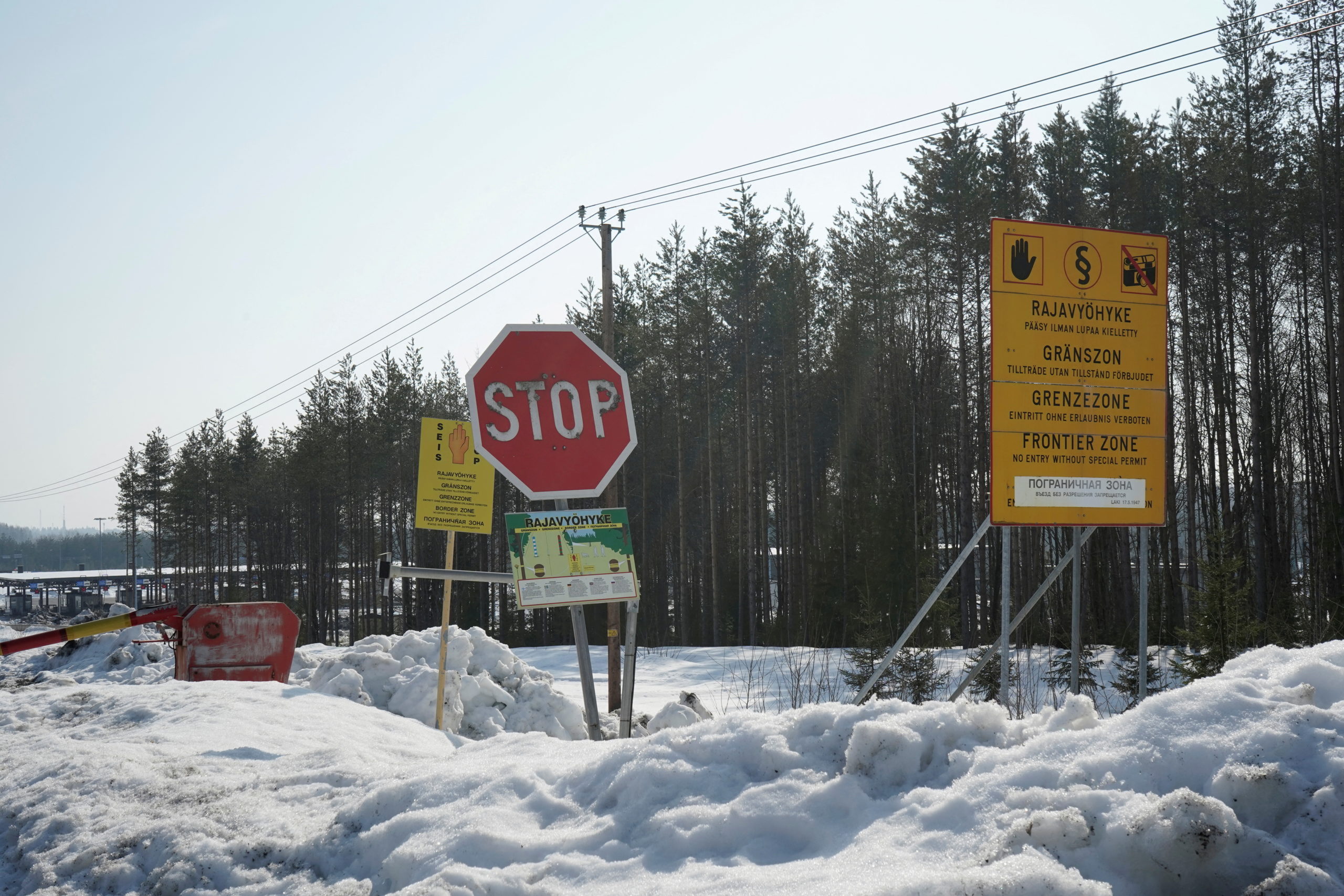Finland to spend $143 million on Russia border fence
The fences will cover 10-20 percent of the overall length of Finland's border with Russia.

HELSINKI — Finland’s government on Thursday proposed spending 139 million euros ($143.4 million) to build fences along parts of the country’s border with Russia, fulfilling a promise made in the wake of Moscow’s February invasion of Ukraine.
Finland, which is applying for membership in the Western military alliance NATO, has a history of wars with Russia, but the forest-covered border is still only marked with signs and plastic lines for most of its 1,300-kilometer (810-mile) length.
[Finland is fortifying against neighboring Russia]
The Nordic country said in June it would build barriers along parts of the Russian frontier in a move to strengthen preparedness against hybrid threats such as the potential mass influx of asylum seekers.
The bill on preparedness, while contested in terms of European Union asylum rules, was passed in July by a supermajority that allows parliament to fast-track laws.
The country’s border guard authority has said it ultimately aims to construct between 130-260 kilometers of fences, covering 10-20 percent of the overall length, focusing primarily on border crossing points and adjacent areas in southeast Finland.
Prior to Thursday’s spending proposal, parliament had only allocated 6 million euros for a trial project.
Finland’s majority center-left government faces a general election early next year.
Reporting by Essi Lehto.
This article has been fact-checked by Arctic Today and Polar Research and Policy Initiative, with the support of the EMIF managed by the Calouste Gulbenkian Foundation.
Disclaimer: The sole responsibility for any content supported by the European Media and Information Fund lies with the author(s) and it may not necessarily reflect the positions of the EMIF and the Fund Partners, the Calouste Gulbenkian Foundation and the European University Institute.
